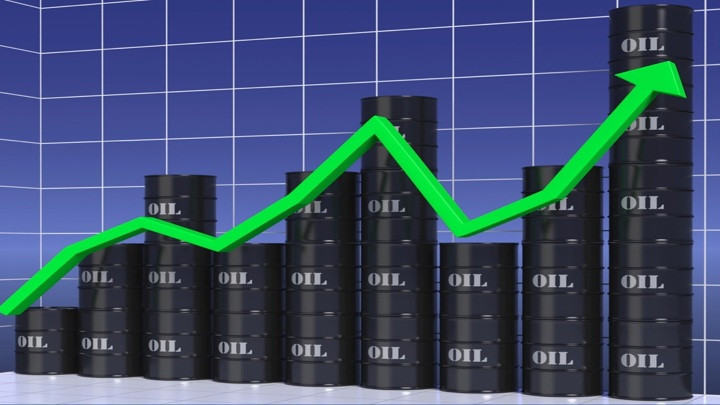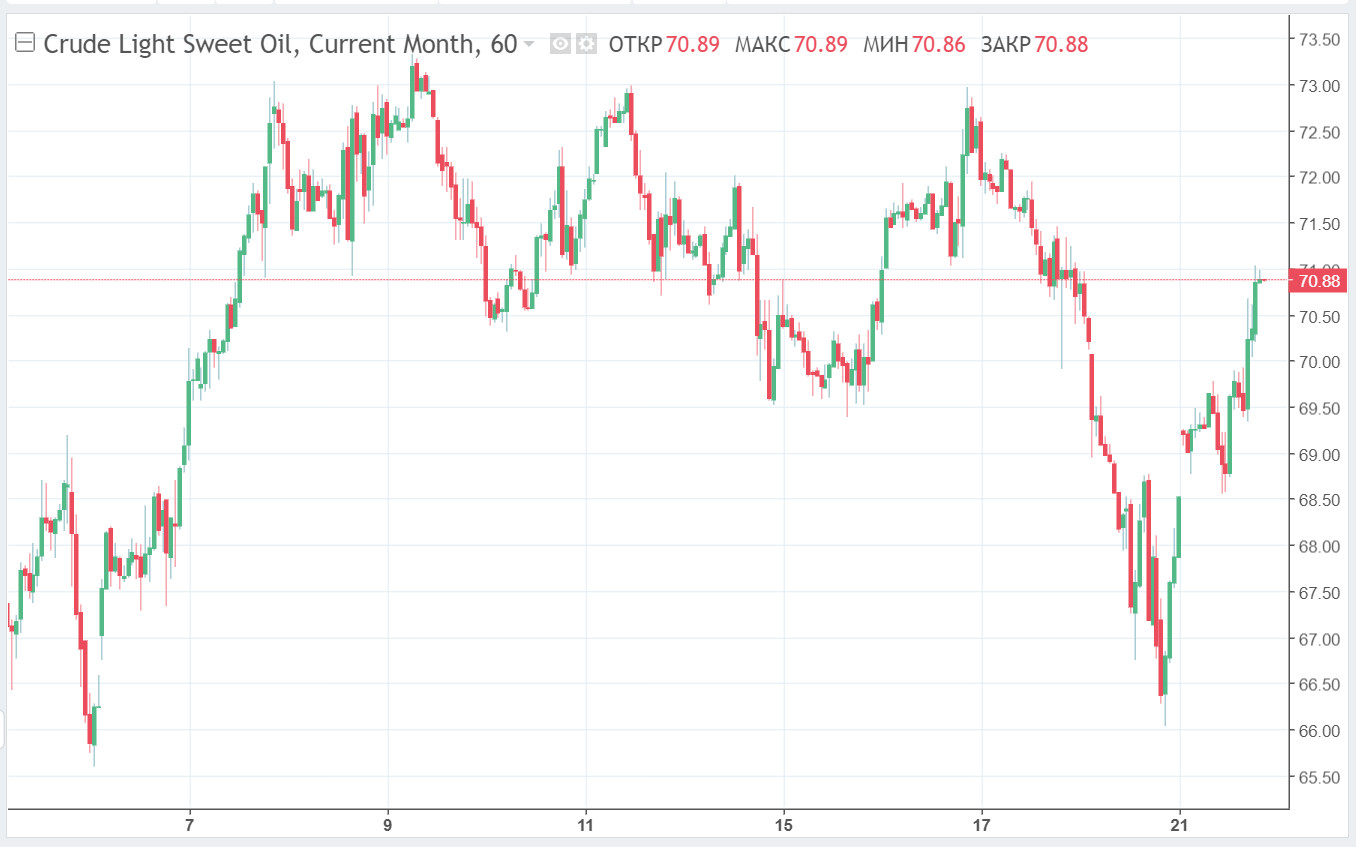
Oil prices were steadily rising on Tuesday by more than 2% despite a sell-off wave in the previous session due to which Brent futures sank below $70 per barrel.
The main factor to weigh down on oil is the situation around coronavirus in the eurozone. For example, the EU countries announced they would impose strict lockdowns during the upcoming Christmas holidays. In the Netherlands, local authorities declared a national lockdown which will significantly limit free movement until January 14. The UK is another country to introduce strict quarantine measures for its residents next week. Therefore, crude demand is under threat in the light of such restrictions.
Today, however, concerns over fuel demand have eased amid reports that a booster dose of Moderna vaccine has proven to be highly effective against the Omicron strain. Markets hope that widespread restrictions on consumer and business activity will not last for too long.
On Tuesday, February Brent futures rose by 2.38%, reaching $73.23 per barrel, while February futures for WTI crude went up by 2.75% to $70.88 per barrel.

During the heating season, the demand for oil should remain quite high even despite the introduction of new restrictions in developed countries. In addition, fuel demand may well recover to pre-crisis levels in 2022 thanks to such a factor as air travel. As soon as the energy market stabilizes, oil prices will return to a steady rise. The end of the heating season and increased supply may cause a correction later.
As for OPEC+, the alliance is clearly not going to change its plans for increasing production. Today, the grouping strives to ramp up the output by 400,000 barrels per day every month. It has been reported that OPEC+ compliance with oil production cuts in November rose to 117% from 116%, that is, by 1 percentage point. Some OPEC members are unable to increase production volumes at the required pace, which ultimately weighs on the supply. Nigeria and Angola are among the counters that struggle to raise output. They cannot meet the terms of the agreement due to insufficient investment in oil production.
However, if the OPEC+ output volume is not large enough, an additional crude supply will definitely come from the US where production volumes have grown noticeably up to 11.7 million barrels per day. By the way, the average production in the first ten months of this year was below 11 million barrels per day.
 English
English 
 Русский
Русский Bahasa Indonesia
Bahasa Indonesia Bahasa Malay
Bahasa Malay ไทย
ไทย Español
Español Deutsch
Deutsch Български
Български Français
Français Tiếng Việt
Tiếng Việt 中文
中文 বাংলা
বাংলা हिन्दी
हिन्दी Čeština
Čeština Українська
Українська Română
Română

